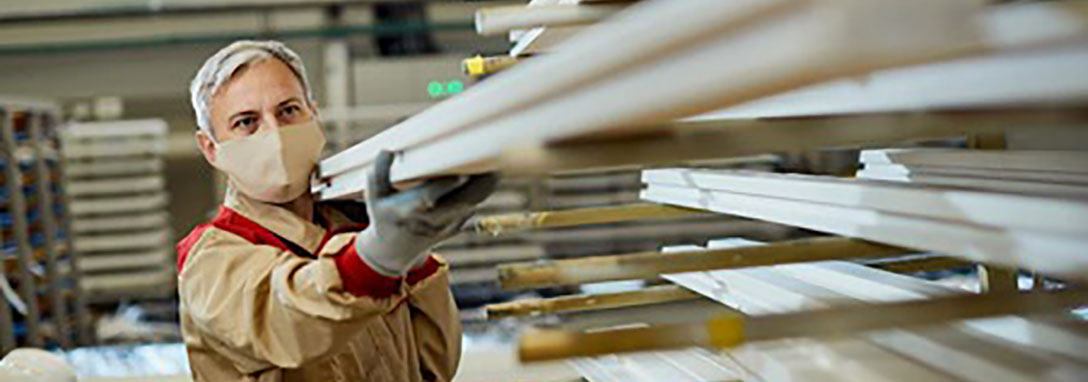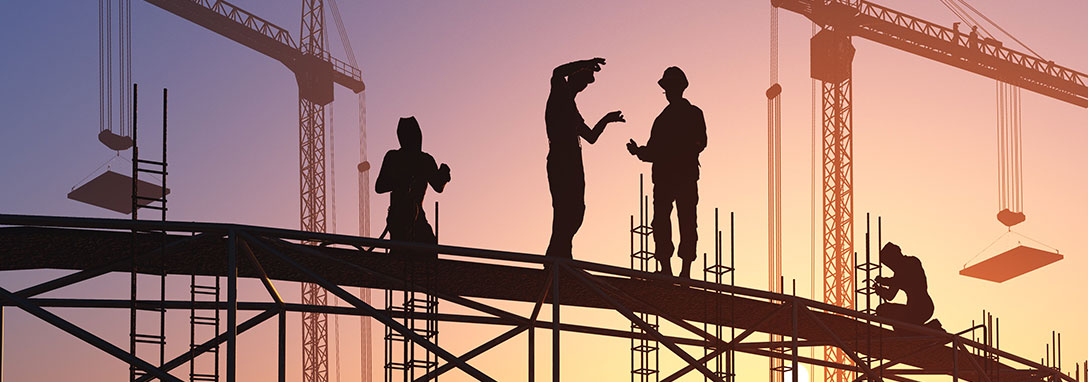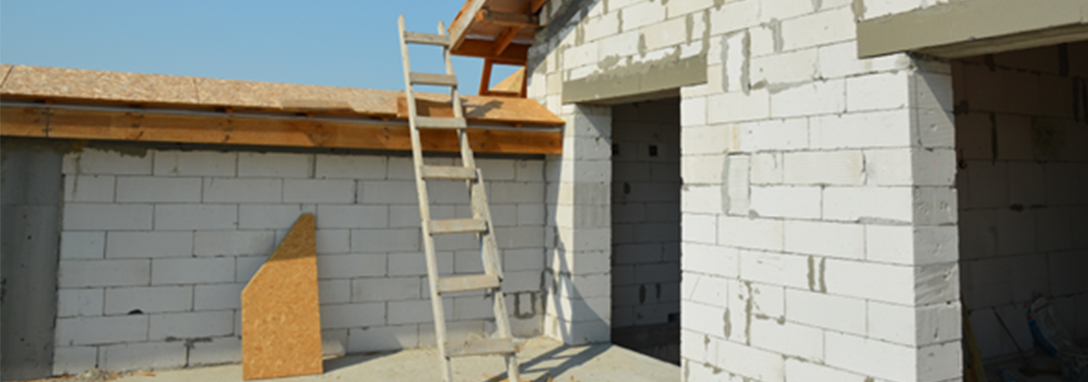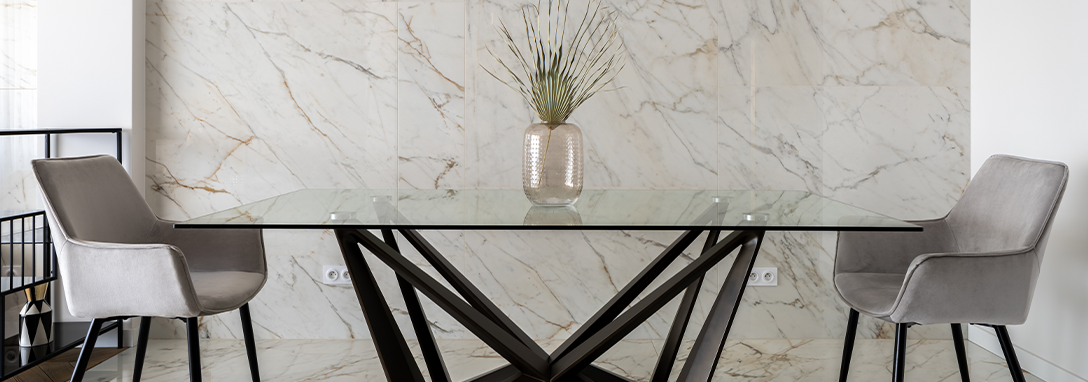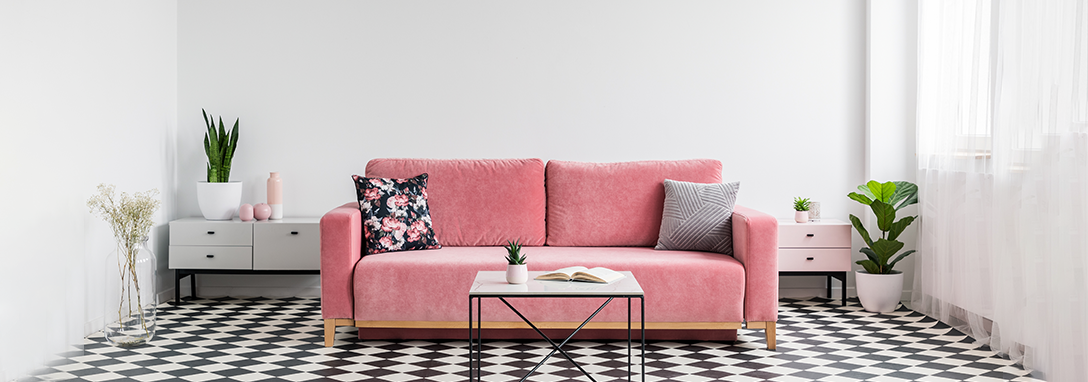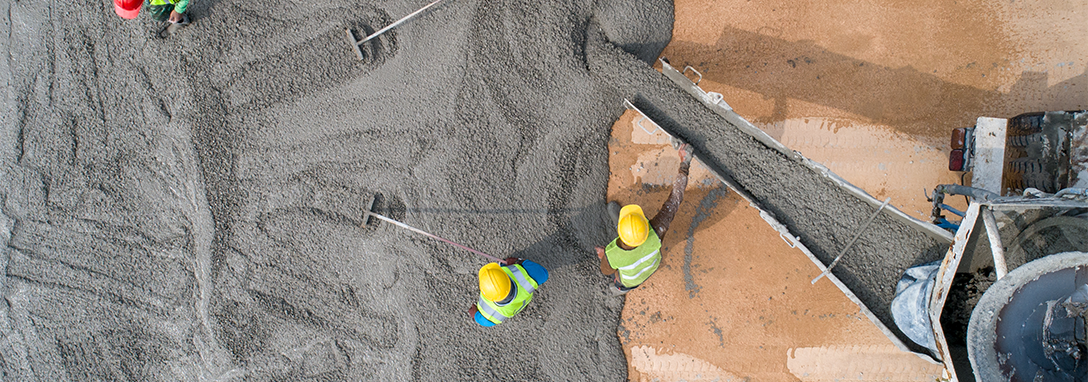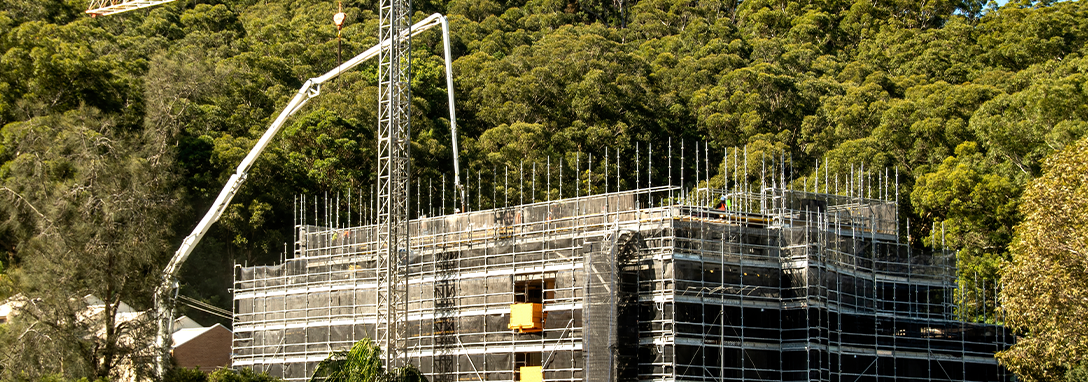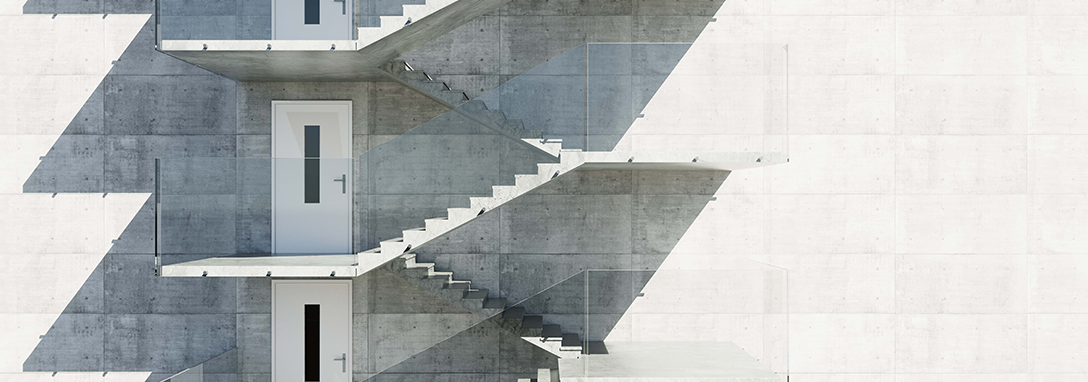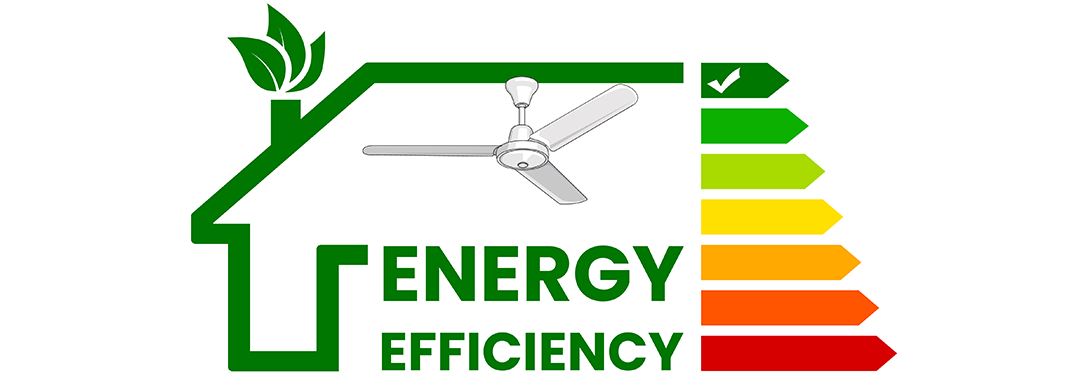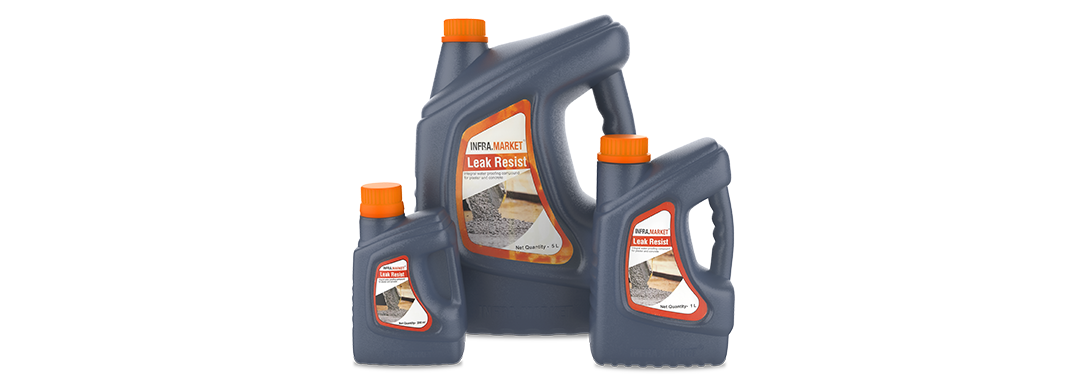Unveiling the Secrets: Your Guide to Navigating the Plywood Market
Finding the best quality plywood for your furniture can be a tedious experience. But, with some basic knowledge about the industry and the product, you can make an informed choice without any worries. It is fascinating to discover that there is a wide variety of options available, and by exploring reputable sources, you can easily navigate through the market. It's crucial to remember that while low-priced plywood may seem attractive, prioritizing quality and durability is essential for long-lasting results. Explore these five points to select top-quality plywood:
1. Know your needs:
What is that you need plywood for? Do you want it for renovating your home, or to build cabinets, luxurious showcase or bed? Have a clear purpose of why and where you want to use plywood. For instance, if your furniture does not require an aesthetic appeal, you may prioritize functionality over the durability of the chosen material. But if you intend to form an artistic décor, the plywood should be of the highest quality available. Consider intended use (indoors/outdoors, dry/humid/moist) as plywood significantly affects structural strength.
2. Check the Veneer surface:
Plywood is a composite material formed by multiple layers of wood veneer glued together into a single, large sheet. The layers of veneer or plies help determine the strength, finish used on the surface of materials or objects to make them look elegant. Diligently inspect plywood for a consistently smooth and flawless surface when making your selection. Any gaps or patches between the layers of the veneer may hint towards inferior-quality plywood.
3. Know the type of wood:
Understanding the credibility of the plywood is crucial, just as knowing the specific type of wood used in its manufacturing process. If you are thinking of making sturdy furniture out of plywood, hardwood plywood is a good choice. Hardwood plywood, typically made from Eucalyptus as a raw material, offers remarkable strength, durability, and surface hardness, making it suitable for heavy-duty applications like packing cases, speaker boxes, and furniture.
4. Check for authenticity:
The ISI mark acts as a steadfast guarantee of authenticity and adherence to industry standards, and this applies to plywood as well. When purchasing plywood, it is crucial to ensure that it bears this quality mark. Additionally, exercise caution and verify the authenticity, as instances of counterfeit marks on subpar wood are common. Waterproof plywood is typically classified under IS: 710, while Commercial plywood falls under IS 303.
5. Size, thickness, and finishing:
The size and thickness of plywood play a crucial role in determining both structural strength and aesthetics in furniture and wooden projects. Standard plywood panels come in 1219.2 mm x 1219.2 mm, 1219.2 mm x 2438.4 mm, and 1219.2 mm x 2743.2 mm sizes, with thicknesses ranging from 1/8-in to over 1-1/2-in. Therefore, purchasing plywood without considering its intended use can result in unnecessary wastage and increased costs.
6. Pick a reputed brand/manufacturer:
Picking a local or a reasonable brand may get you the advantage of a lower cost, but you should be aware that it does not guarantee the best plywood. Most of the plywood industry in India is unorganized resulting in the production of substandard products. To ensure you acquire the best plywood for your needs, research the history and reputation of the plywood brand in India.
Embarking on the quest for the perfect plywood is no walk in the park. By following these guidelines, you can navigate the plywood market with confidence and select the ideal material for your furniture needs. Remember, while cost may be a factor, compromising on quality can lead to an unfavourable outcome.


